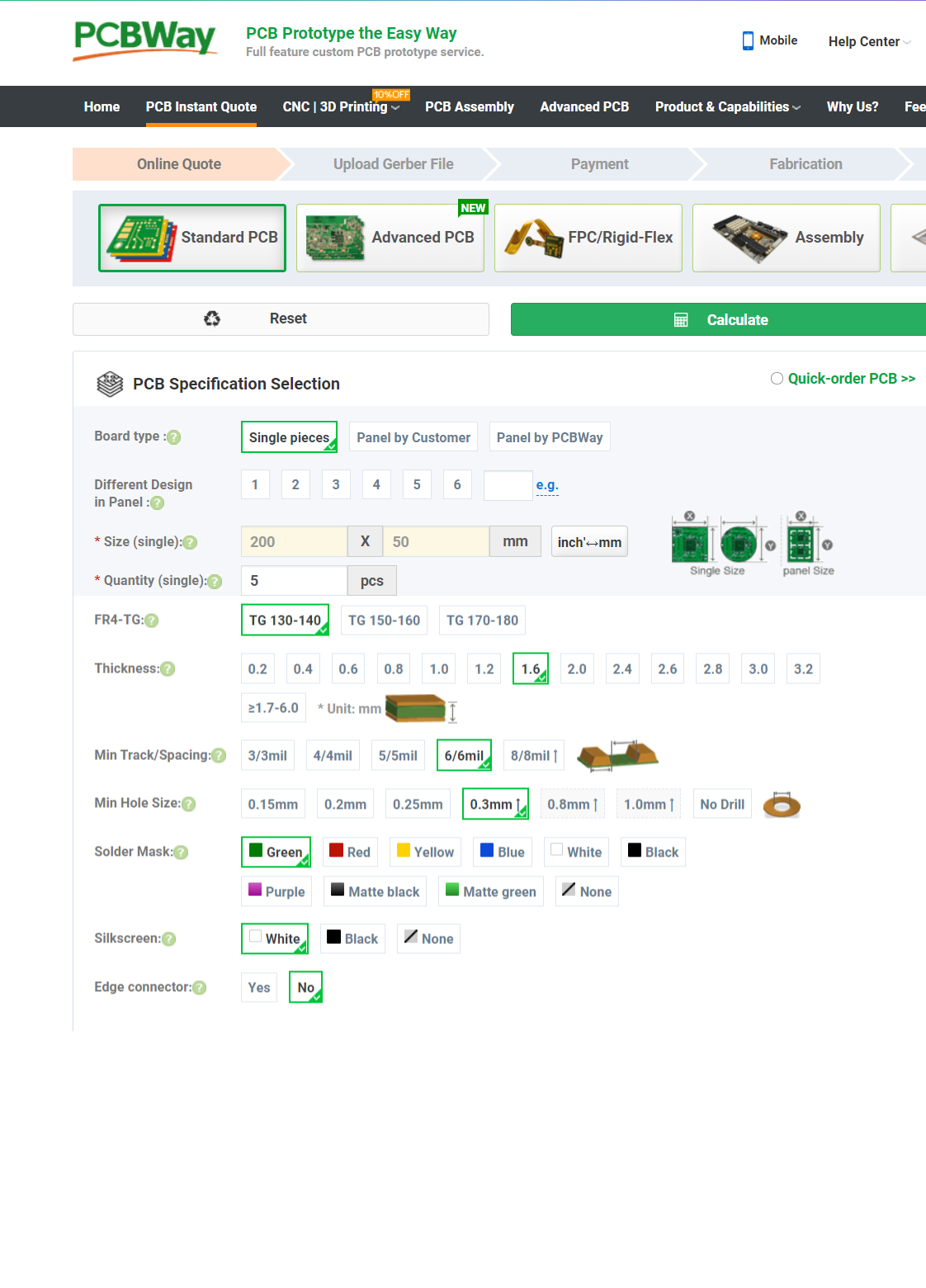5V – 3.3V Logic Level Shifter IC for Arduino and Raspberry Pi
by jithinsanal1610 in Circuits > Electronics
3803 Views, 6 Favorites, 0 Comments
5V – 3.3V Logic Level Shifter IC for Arduino and Raspberry Pi
.jpg)


In this Post, I will show you how you can make your own 5V to 3.3V logic converter for connecting 5V sensors to new Arduino Boards and Raspberry Pi.
Why do we need a Logic Level Converter IC?
Most of you love playing with Arduino and Raspberry Pi during free time right? Of Course that’s what hobbyists do! Along with Arduino, we will definitely use various sensors such as IR sensor, PIR sensor and Ultrasonic sensor. But the problem is most of today’s boards are not 5 V tolerant and almost all of the boards works under 3.3V.
74LVC245 Logic Level Converter IC
.jpg)
74LVC245 Logic Level Converter IC
This chip solves the problem of connecting and sending data from 5 V logic level devices to a 3.3 V logic microcontrollers such as Raspberry Pi and Arduino.
This chip stands in between Arduino and the Sensor and converts the 5V signals from the sensor to 3.3V which can be directly fed to Arduino. 74LVC245 can be used with digital signals and works great with SPI, Serial, Parallel bus, and other logic interfaces.
Designing the Circuit


Designing the Circuit 74LVC245 Logic Level Converter IC
I used Altium Designer to draw the circuit and design the PCB. It is a powerful tool that can be used to design and create your own PCBs for your project as well as complex and multiplayer PCBs for industrial use. Here is the link to the Altium trial version. So make sure you check it out.
Working with this IC is pretty simple. You can set up the circuit in a matter of minutes. Simply connect VCC to the logic level you want to convert to. If you are converting 5V to 3.3V, connect 3.3V to VCC. Ground connects to Ground.OE (output enable) to ground to enable the chipDIR to VCC (3.3V).
Once you have finished drawing the circuit, save the circuit by clicking save and creating the PCB layout.
Getting PCBs Done!


I ordered PCB from PCBWay. PCBWay is a PCB manufacturer specializing in PCB prototyping, low-volume production, and neat and tidy PCB assembly.
To order your PCB from PCBWay, go to the PCBWay website and fill in the basic board details in the instant order form. From there you will be directed to a form where you can provide more elaborate board details. Update your board information in the PCB specification screen. On the next screen, you should be able to upload your Gerber file and submit it for review. Once the review is completed, all that is left is to add to the cart, make payment, and wait for your PCBs to arrive. Once you get all the components and the PCB, it’s time for you to solder them together. Solder all the components onto the board and make sure to check the polarity of the components. After soldering the PCB looks like this.
I personally find soldering on this kind of PCBs a fun task, because of these pads soldering becomes very easy. The solder takes up the conical shape and gets soldered from all the sides evenly. After soldering the PCB looks like this. This is the assembled board. Neat and Clean. Once you get the board, you can take one and solder the remaining components into it. I have soldered the header pins and this is the finished board.
Testing
.jpg)

Now if you connect the 5 V Signals at A Pins, you will get 3.3 V at corresponding B Pins.
Now we will check that by connecting a 5V in A1 and 0V in A5. So this will give 3.3V Out at B1 and 0V at B5.
In our channel, you will find lots of Arduino and Raspberry Pi projects and tutorials, using the latest boards and sensors. Our main focus is on DIY Hobby projects, Robotics and Home automation using simple and cheap components in a fun and easy way. Make sure you subscribe and click on the bell icon so that you won’t miss our fun videos.